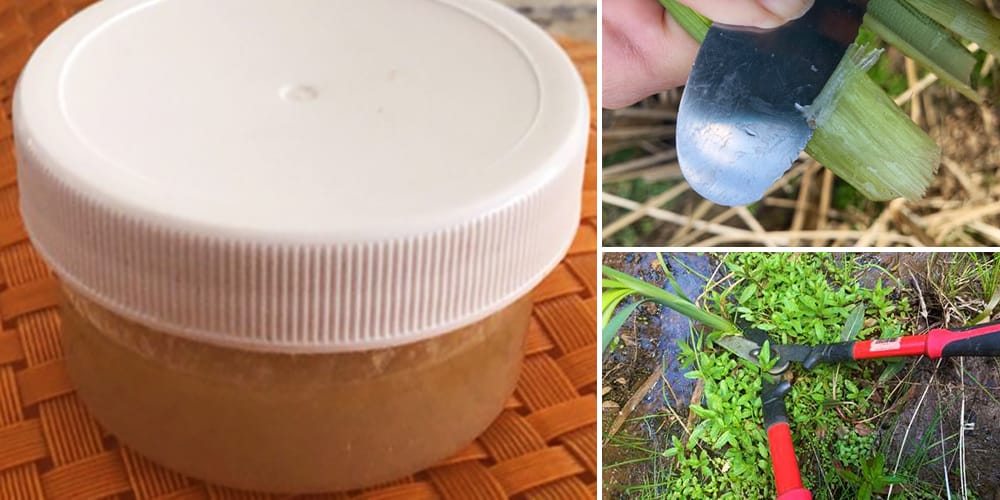
Cattails – Nature’s Anesthetic
Chances are you already know that cattails are an herbalist’s godsend. In addition to providing water, food, shelter, and fuel, cattails are also nature’s anesthetic.
When applied topically, the gel produces an amazing numbing sensation. In this article, I’ll share with you how to turn this common plant into a powerful remedy. So, let’s get started!
The Medicinal Benefits of Cattails
Cattail gel has many healing properties: it is astringent, coagulant (slows blood flow), relieves pain, and antiseptic.
Essentially, cattail gel works in two ways: first, the excretions from the leaf base clean the wound. Secondly, it addresses the pain, providing immediate relief. Nobody wants a surprise injury without a first aid kit.
The area between the young leaves near the root ball produces a jelly that doesn’t need any preparation at all to be useful.
You can also make your own ointment in a jar to keep on hand to treat pain or bleeding caused by wounds in the great outdoors. Analgesic preparations such as cattail numbing gel are a great addition to your herbal medicine cabinet.
Scraped off gel is decocted into a small pot and extracted by boiling it, and then simmering. Then the pulpy mass is squeezed to harvest all the gel, and then boiled again (again with a bit more water).
Cattail Harvesting
Fortunately, cattails can be found almost anywhere water collects.
The best place to start looking for them if you don’t have them growing on your property, is on a neighborhood social media page, or foraging groups. I received three responses within hours of posting. Two of them suggested a public area near a four-way stop next to a strip mall.
As a general rule when harvesting wild plants, take your time to carefully examine each part, paying attention to the leaves, stem, flowers, and fruits. I use this foraging guide to confirm my findings.
I harvested plenty of new shoots in clear water, and I had no trouble at all. Similar to the beloved ginkgo trees that line city streets, cattails literally consume pollutants as part of their toxin-filtering function. Since the marsh was so close to the road, I worried I might have toxic cattails that wouldn’t work, or worse, induce an allergic reaction.
My decision was based on the clear quality of the water.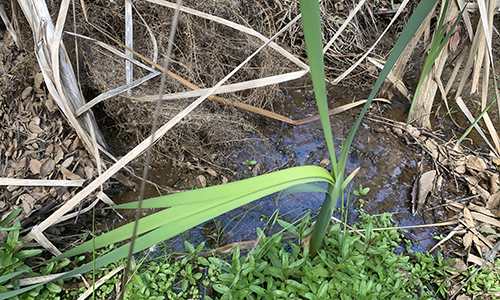
Insects are another good indicator. Since new shoots excrete gel closest to the root bulb in water, it is best to cut as close to the water line as possible.
There is proof that ants, in particular, are drawn to the gel and eat it. The presence of ants on a new shoot certainly indicates the mother lode. Just like in gardening, shake off the produce to get rid of the bugs.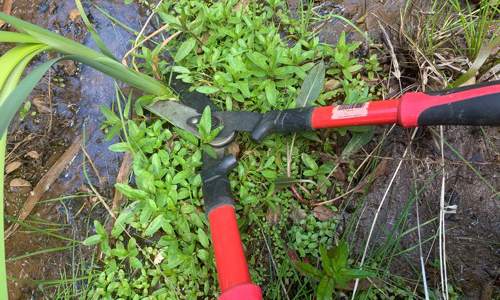
Here is a complete and easy guide to edible and medicinal plants, berries, lichens, mushrooms and poisonous lookalikes.
How to Identify Cattails in the Wild
Cattails (Typha species) are among the easiest wild plants to recognize once you know what to look for. These hardy perennials grow in or near freshwater wetlands, ponds, lakes, and marshy ditches across most of North America.
Here’s how to identify cattails with confidence:
- Location: Look for them standing tall in shallow water or soggy ground. They often grow in dense colonies and prefer full sunlight.
- Height and Shape: Mature cattails can reach 5 to 10 feet tall. They grow upright, with long, flat, blade-like leaves that resemble giant grass blades.
- The Signature “Cigar”: The most distinctive feature is the brown, sausage-shaped flower spike near the top of the stem—often called the “cigar” or “corn dog.” This dense cylinder is actually a cluster of female flowers, and it turns fluffy with seeds later in the season.
- Leaves: The leaves are smooth, flat, and can grow up to an inch wide and several feet long. They emerge alternately from the base and wrap slightly around the stem.
- Stem: The stem is round, unbranched, and spongy when cut—another useful trait when you’re harvesting.
Important Tip: Don’t confuse cattails with similar-looking toxic plants like iris or Equisetum (horsetail). True cattails have no distinct odor when crushed and never have sharp edges or purplish hues. If you’re ever in doubt, look for that unmistakable brown flower spike—it’s nature’s best ID tag.
Once you’ve correctly identified cattails, you’ve found one of the most versatile survival plants out there—usable for food, fire-starting, insulation, and even makeshift cordage.
DIY Natural Anesthetic
You need:
- a large bowl worth of cattail shoots
- 1 tbsp. sesame oil
- a quarter cup of water
- 1 tbsp. aloe vera gel
- a putty knife or spatula
- a small pot
- a sieve or cheesecloth
- a sterilized jar
Steps:
- Right there on the spot, I took a serrated putty knife to a recently cut shoot oozing gel from the base.

- Like green onions, the potency is located at the base, so trim off any extraneous parts before making the ointment.

- Clean and cut the stem base, then open the shoot up by splitting it with a knife.

- The best leaves resemble celery in the sense that they have a crosshatch pattern all along them. Leaves with a styrofoam-like texture contain the most jelly.

- Make sure you scrape off as much gel as you can.

- Place as many gel-producing parts as you can in a small pot. The attached fibers are ok since they can be boiled down further.

- Once you’ve procured as much gel as possible, add about a quarter cup of water and a tablespoon of sesame oil. Sesame oil contains antibacterial properties, which naturally preserves the anesthetic.
- Boil the mixture for five minutes, then simmer for 25 more minutes.

- Squeeze everything over a sieve, collecting the good stuff from the underside. If you have a cheesecloth, it is very useful in this application.

- Return the squeezed pulp and repeat the process to obtain as much matter as possible. (Add a little more water if necessary.) Next, strain the remaining matter into your desired vessel.

- Now you should have a numbing cattail ointment that works wonderfully. I also added a tablespoon of Aloe gel from my own plant, but this step it’s optional.

Storage: I recommend either storing it in the refrigerator (or freezer) for up to six months. You may also can the product if you wish, which will definitely extend its shelf life.
How to Use
You should use a cotton swab when applying the gel to clean skin. Open containers can easily hold bacteria from dirty fingers.
Previously, I saw a YouTube video where the gel was used to fight a toothache by putting it in the mouth. A numbing sensation similar to lidocaine took effect immediately when I applied it to a wound on my forehead that was in a lot of pain. Since I’ve made this ointment, I’ve used it more frequently than Neosporin to heal my scar and have applied it to a few blisters from a burn as well. The antiseptic properties combined with the numbing and healing properties are truly amazing.
If you want to learn more about wild medicinal plants and how to turn them into natural remedies, get your physical copy of the Wilderness Long-Term Survival Guide here.
This article first appeared here.








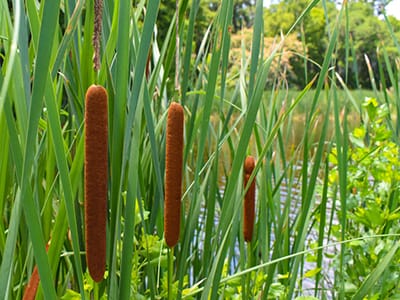

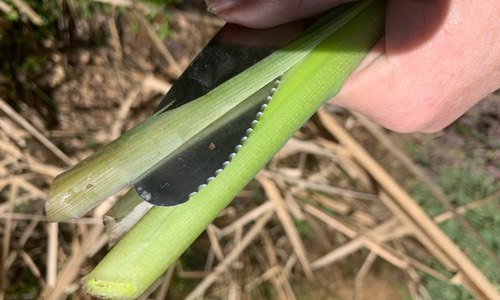
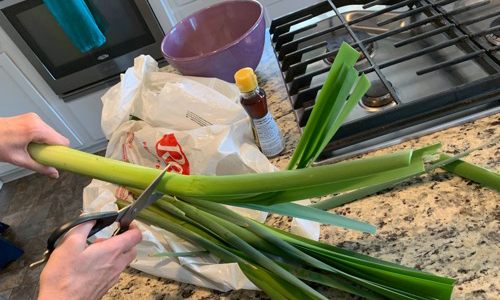
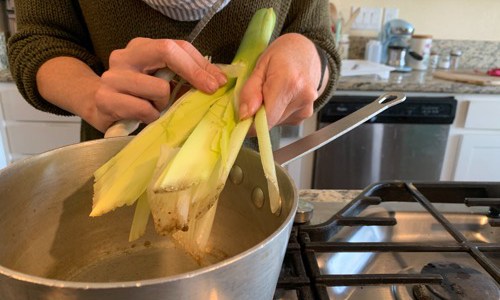
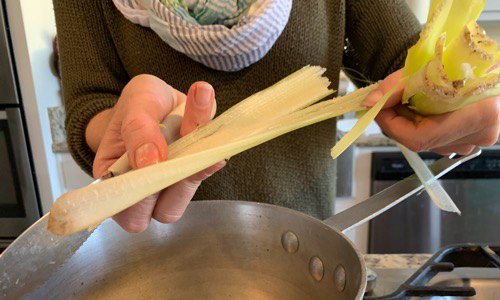
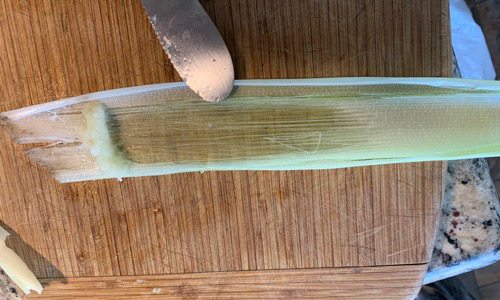
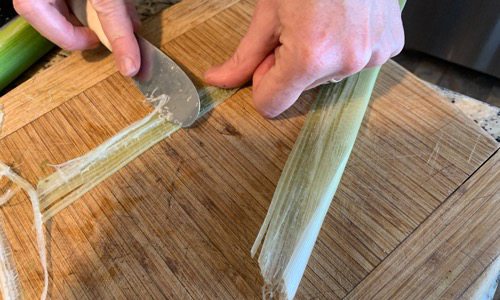
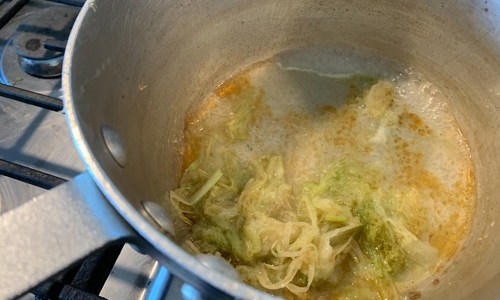
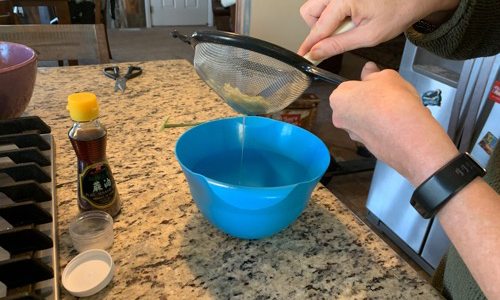
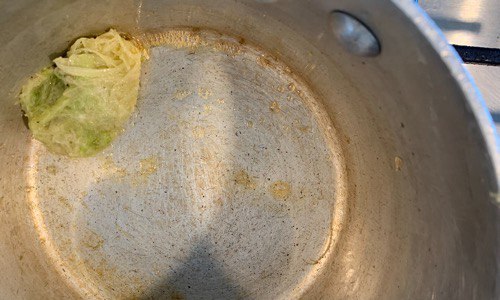
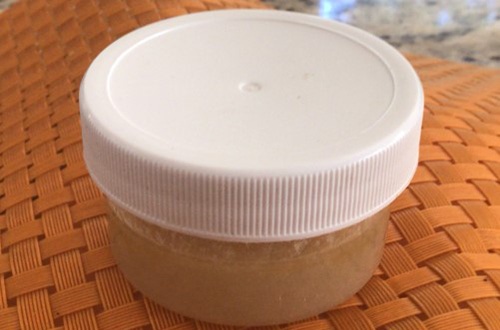
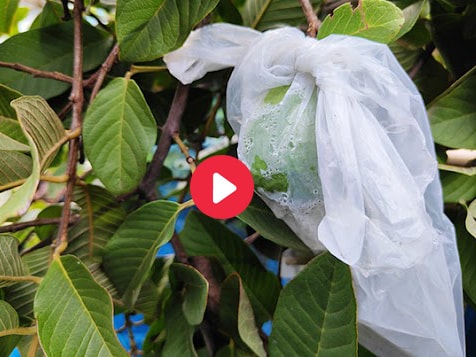

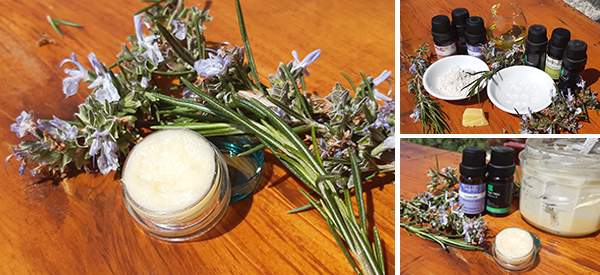
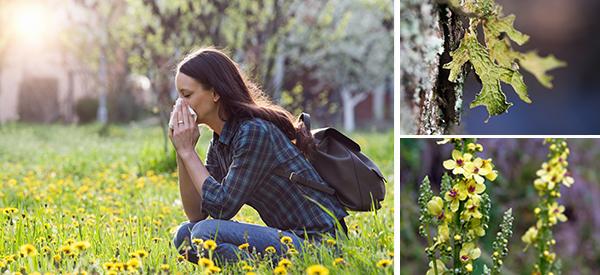
As soon as the cattails start coming up in NE WI, I’m going to try this.
Thanks Alison!
What method would be used to can this product?
Do you have to use Sesame oil or can you use EVOO? Can you add an essential oil for a pleasant scent, i.e., tea tree or lemon essential oil? Thanks,
I would love to try this, but the instructions seem a little jumbled – I don’t understand the order of the process. Anyone else confused? Someone want to help clear it up for me? Thanks!
If you follow Medicine Women in the Woods on fb, she has a cattail video.
MEDICINE WOMAN IN THE WOODS!!!🩷🔥🩷
Thank you!
I hope I can get this amazing plant. Anyone near WEST BEND, WI. I would appreciate a connection with you.
I’m in the city so it’s unlikely that can get them.